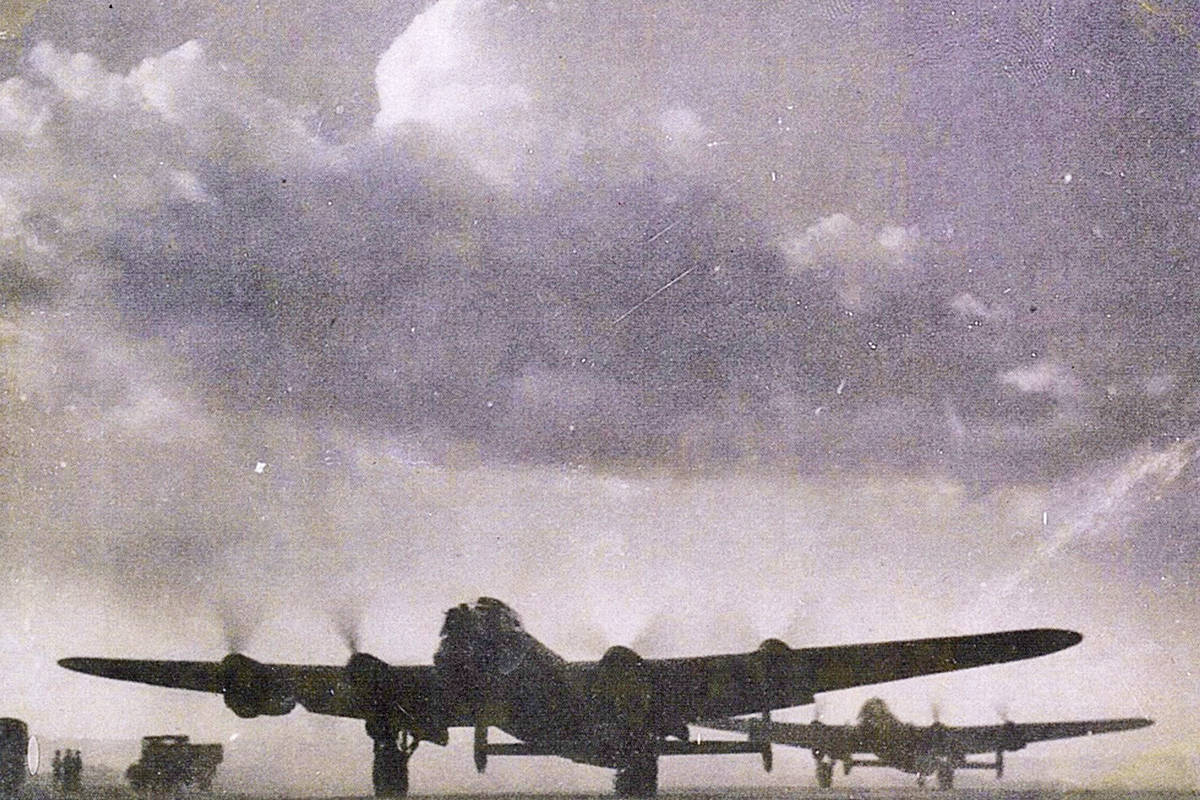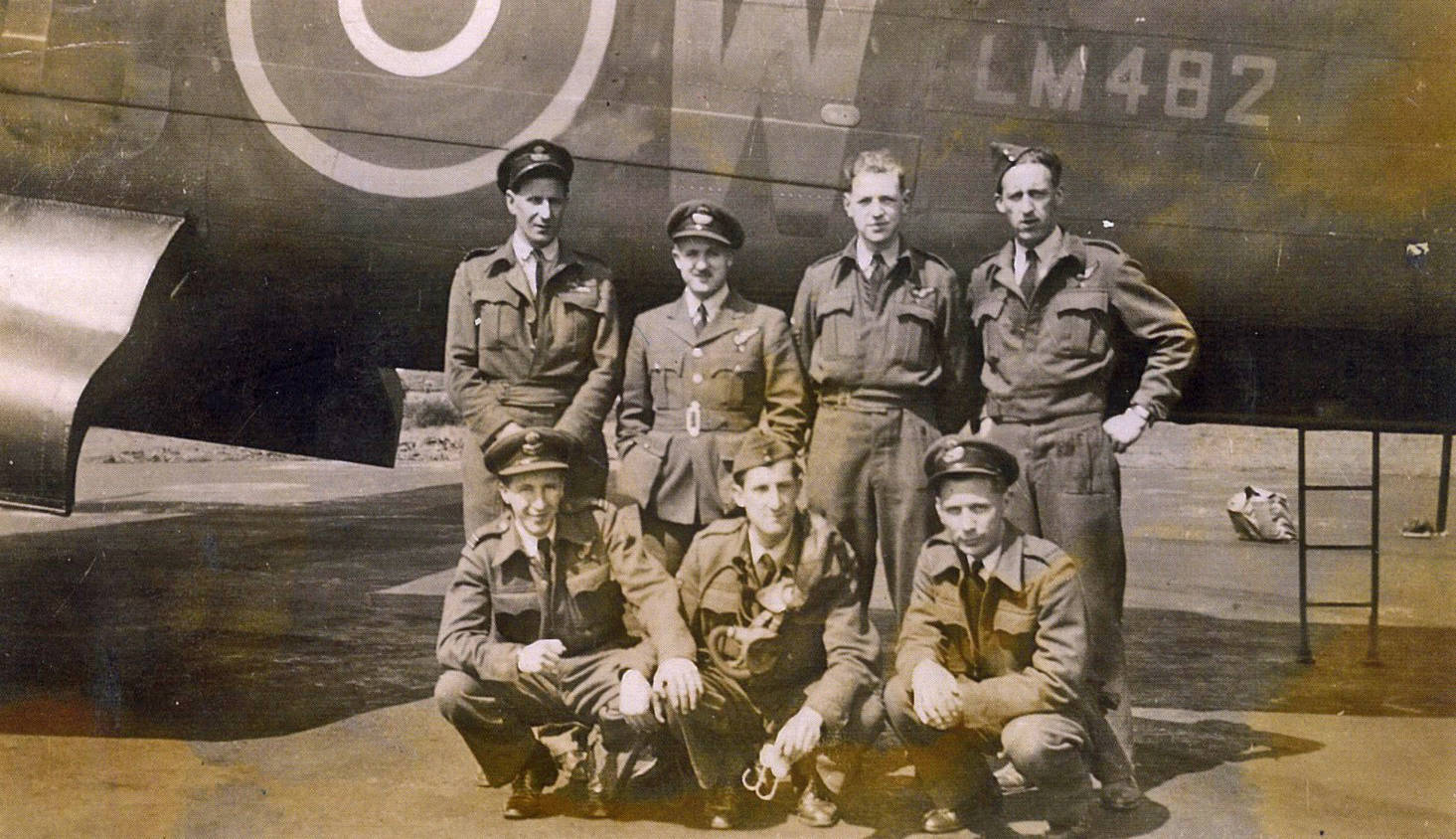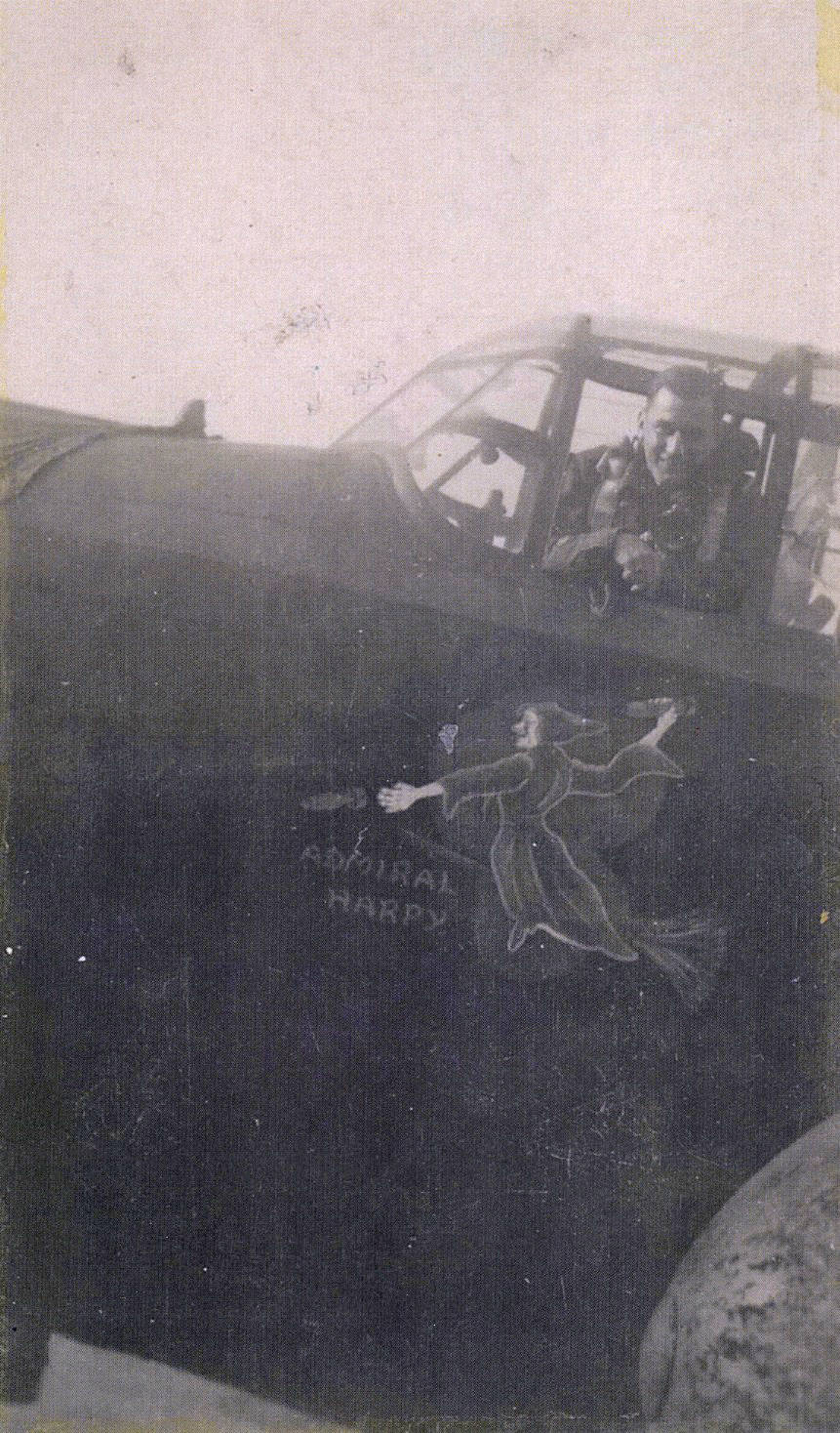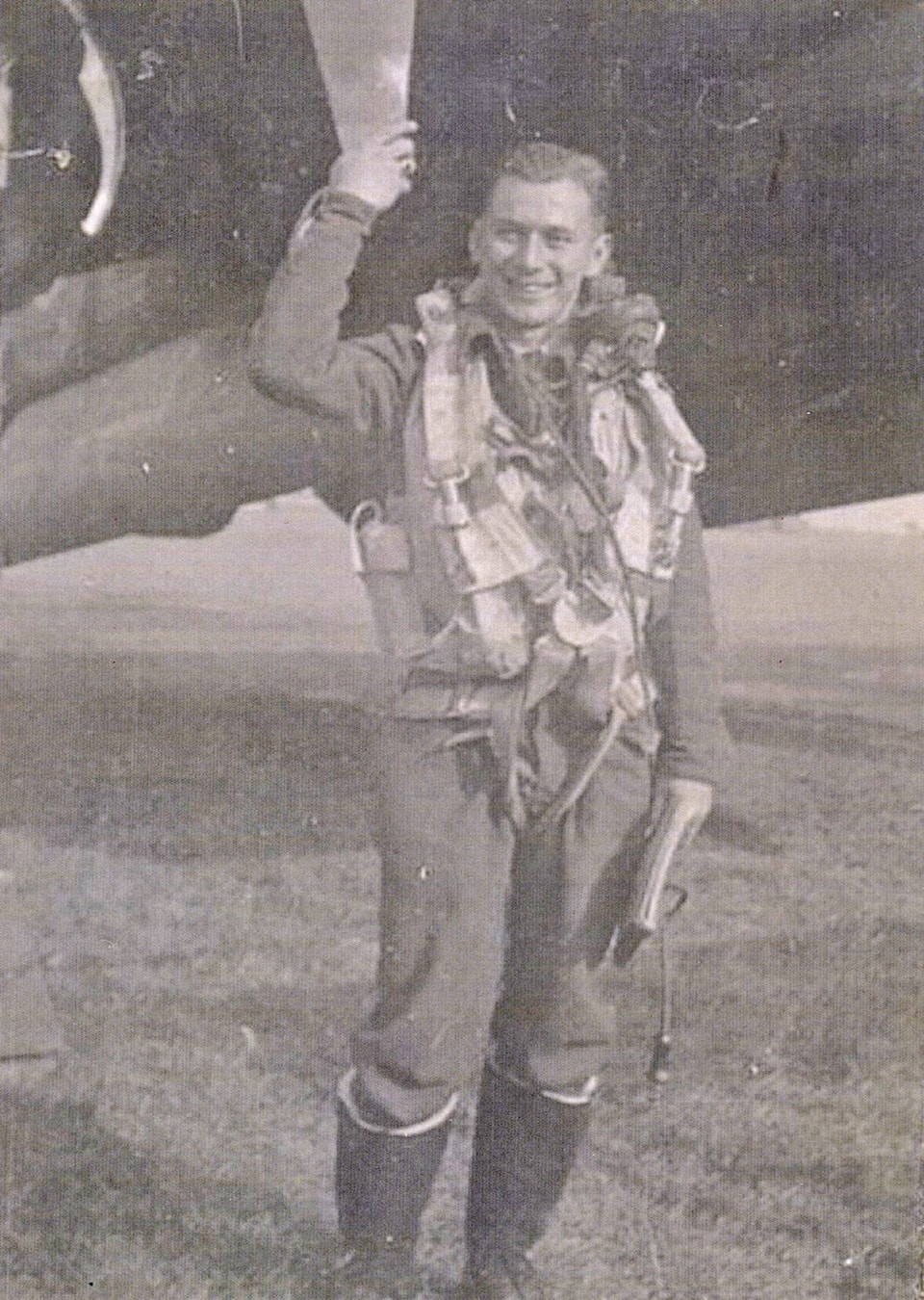As Remembrance Day approaches, the lakecity keeps alive the memories of those who served in our armed forces and helped shape the world we live in today like that of Percy Edgar Pigeon: one of the famous Dam Busters.
Many in Williams Lake and the Cariboo will know the name Pigeon thanks to Pigeon Avenue and Pigeon Street, and while Percy was a member of that influential Cariboo family, the streets are not named after him specifically. While he took part in daring operations with high casualty rates during the Second World War, Percy never spoke of what he did or boasted about his military prowesses up until his death in Williams Lake on March 23, 1967.
Instead, his story and memory are preserved and honoured by his son, Greg Pigeon, a longtime resident of Williams Lake who lives, he observed with a chuckle, on Pigeon Avenue. Greg himself was born in Fort St. John and travelled all over with his father when he was young, who stayed on with the Royal Canadain Air Force after the war until retiring in 1962 in Nova Scotia. The entire time his father was alive, Greg said he never talked to him about his wartime service so, when he passed at 49, Greg began researching his father’s career and has become one of the foremost experts on the Dam Busters.
Read More: Dambusters legacy an inspiration
Greg said that Percy joined the RCAF in 1940 and received training to become a wireless operator and air gunner before going over to England where he was selected to join a special squadron in 1943 that they were forming known as No. 617 Squadron. Under the command of the 24-year old Wing Commander Guy Gibson, the unit was originally known as Squadron X as it had outstripped the RAF’s process for naming squadrons. Each of the squadron’s 19 Lancaster Bomber crews, seven men to a crew, were handpicked by Gibson for what would be a dangerous and experimental bombing campaign.
For context, their target was the heavily industrialized Ruhr Valley. Its dams were deemed strategically important to the German war machine due to the hydroelectric power and pure water they provided for the process of steelmaking. While it was determined RAF bombers could breach these dams, it required a degree of accuracy RAF Bomber Command had yet to obtain while under heavy fire. However, a one-off surprise attack could work but the technology simply hadn’t caught up, until the formation of the 617.
The concept for a nighttime raid was planned as Barnes Wallis developed a design for what Greg describes as a “skipping bomb” that was designed to bypass the torpedo nets set up in front of the dam. It looked like a 45-gallon drum that rotated under the Lancasters at a rate of 500 rpm as the planes flew at 260 miles an hour designed to be dropped at a mere 65 feet above the dam in order to work properly, Greg said.
“When it skipped it spun backwards because if it went the other way it would have just taken a nosedive and that would have been the end of it. The other way, though, it skipped across the water like a skipping rock and once it hit the dam, it didn’t blow up. It stuck up against the dam and sunk down below for 50 feet and then it blew up,” Greg said.
With the right bombs available the 617, Percy among them, began training for what would be called Operation Chastise, a nighttime attack on the Möhne, Edersee and Sorpe Dams. While his father was not the designated pilot, Greg said each crew member was able to do his comrade’s jobs should someone be hit. Greg said that every one of the 133 airmen who took part in the raid was aware that the chances of survival were low.
On the night of May 16, 1943, 19 Lancaster Bombers took off in three formations bound for the Ruhr Valley travelling by two routes to avoid know concentrations of enemy flak. Percy was a member of the second formation, Greg said, and they got hit by “flak and every other thing.”
The flak ended up knocking out their radio and severely damaged their plane, so the pilot Les Munro, chose to turn back over the Netherlands and return to base. The majority of Percy’s flight did not fare well with only one bomber, delayed by mechanical issues, making it to their target.
When the smoke cleared eight of the Lancasters had been shot down with 53 crewmen killed and three taken prisoner while the Eder and Möhne dams were breached, causing catastrophic flooding that hindered the German war effort for months. Unintentionally, the flooding also killed 1,600 civilians, many of them POWs.
As for Percy, his plane crashed on the way back to their base at Scampton due to the damage sustained in the outbound flight. He would go on to receive a Distinguished Flying Cross for his part in the raid and remained with 617, now christened the Dam Busters, and flew 23 more operations, recording 200 hours of daytime flying and 213 hours at night, before being taken off active duty and assigned to a training unit.
Greg believes that his father never talked about the war due to the number of friends he lost on that and other raids. While it was certainly quite the achievement, he’s not sure how his father felt following it.
He encourages other veterans, of all types, to share their stories and feelings with their families and loved ones rather than bottle up their experiences.
Read More: More Canadians plan to attend Remembrance Day ceremonies this year: poll
When Remembrance Day draws near each year, however, Greg said he feels proud that his father served and put his life on the line for his country. Keeping his memory and those who did not return from that raid alive is important to him and the other families across Canada.
“I don’t miss Remembrance Day at all. No, I never have,” Greg said.
To keep that memory intact Greg, with the help of his daughter, has a thick scrapbook containing vintage photos of his father, his crew, the bombers and the raid itself. Throughout The Tribune’s interview with him, he would thumb through its pages and explain how it all happened.
“It’s what they did which is why we enjoy peace now. We can thank the people who fought in the First and Second World War that gave us that peace,” Greg said. “It’s really something and there’s not many of them left now, eh, most of them are gone but it’s a day when everyone should realize what these men and women did for us because war is a terrible thing.”
patrick.davies@wltribune.com
Like us on Facebook and follow us on Twitter



